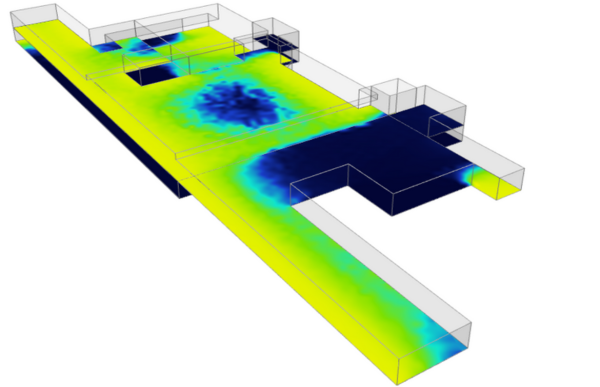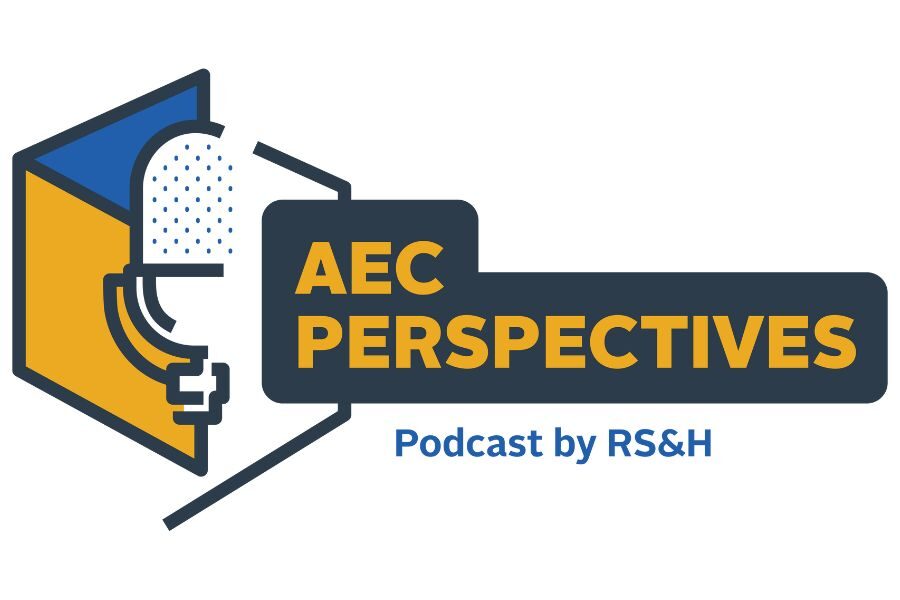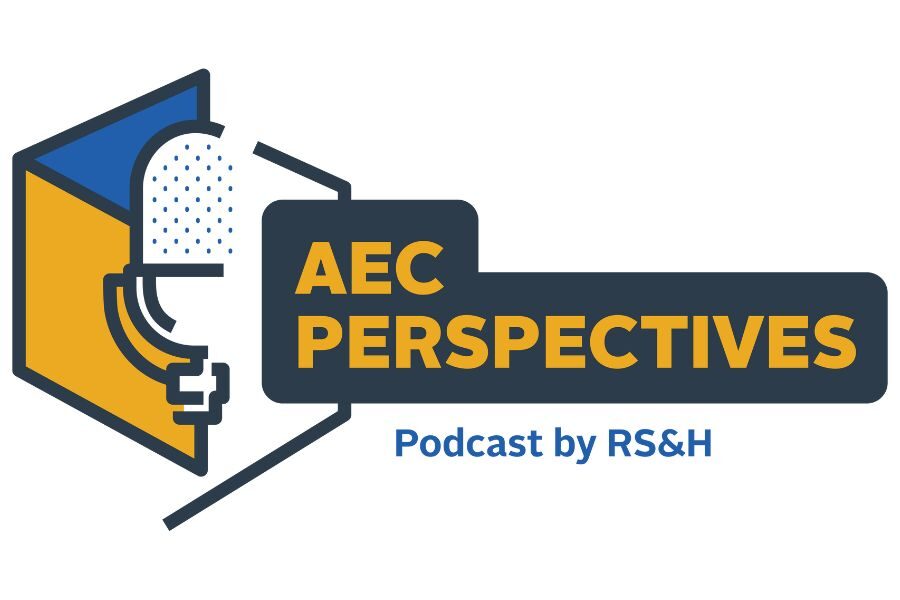Climate Action Needed – “Everything, Everywhere, All At Once”

Holding the AEC Industry Accountable to Combat Climate Change
Earth Day originally began as a call to action, inspired by the accelerating number of environmental catastrophes in the 1960s. Senator Gaylord Nelson voiced a call for action after the 1969 oil spill in Santa Barbara, California spewed approximately 3 million gallons of crude oil into the Pacific Ocean. One year later sparked the first Earth Day on April 22, 1970, when students from colleges and universities protested the lack of environmental regulations. Nearly 50 years later, school strikes for climate change led by Greta Thunberg in 2018 brought 2,200 strikes in 125 countries.
All of us have witnessed the effects of climate change or experienced climate disasters firsthand. In the past few years, worldwide temperatures hit all-time highs, causing heat waves and diminishing water resources globally. Heatwaves in 2022 caused more than 20,000 deaths in Europe while flooding in Pakistan caused 15.2 billion dollars in economic losses with 2.1 million people left homeless. Flooding in 2020 covered one-third of Bangladesh, it was recorded as one of the world’s costliest natural disasters of all time.
In the era of climate change, unpredictable natural disasters are occurring, positioning most of us to live in a potential disaster zone. In the US, the increased need for air conditioning leads to ongoing blackouts and grid failure as load capacity diminishes. One in five households in the U.S. struggles to pay utility bills. Wildfires pose at least a moderate risk to more than 30 million properties across the United States, according to modeling by First Street Foundation, a nonprofit that maps climate risks, the severely compromised air quality in communities affected by wildfire causes long-term health issues long after the wildfires are extinguished.
Climate change doesn’t discriminate based on race, color, gender, economics, or age. We are all affected, it is the ultimate equalizer. Natural disasters, flooding, heat waves, drought, and more are all increasing from the effects of climate change. This causes food and water scarcity, displacement, lifelong health issues, and loss of life. While wealthy countries and communities will be able to rebuild to an extent, most of the world is at risk of catastrophe.
The 2015 Paris Agreement, a legally–binding international treaty on climate change, concluded that we need a sharp decline in greenhouse gas by 2030 to avoid irreversible climate change. The UN secretary general, António Guterres, said “This report is a clarion call to massively fast- by every country and every sector and on every timeframe. Its overarching goal is to hold “the increase in the global average temperature to well below 2°C above pre-industrial levels” and pursue efforts “to limit the temperature increase to 1.5°C above pre-industrial levels.”
However, recently the UN’s Intergovernmental Panel on Climate Change indicates that crossing the 1.5°C threshold risks unleashing far more severe and irreversible climate change impacts, including more frequent and severe droughts, heatwaves, and rainfall. Guterres challenged the world when he said, “In short, our world needs climate action on all fronts: everything, everywhere, all at once.”
So, what can we do? What responsibility does the AEC industry hold?
Making A Firm-Wide Commitment

Incorporating more daylight into building designs has positive effects on occupants and cost-savings. Daylight analyses offers opportunities to minimize the amount of artificial light and reduce electricity costs, but it can also lower HVAC costs as well. Electrical lighting produces a lot of heat, whereas if properly controlled, natural lighting generates hardly any heat at all.
There’s good news! We can still limit the most dangerous outcomes of climate change, but only if we act now. An estimated 40% of global emissions come from buildings. The AEC industry has a responsibility to decarbonize our practice, including a significant decrease in both operational carbon i.e. energy use post-occupancy, and embodied carbon, the millions of tons of carbon emissions released during the lifecycle of building materials, including extraction, manufacturing, transport, construction, and disposal. Beginning with ongoing iterative energy modeling during the earliest phases of design and continuing to refine predictive modeling during the later phases of design creates an accurate evaluation of building performance that teams can the use for forecasting predicted Energy Use Intensity (pEUI), the metric used by the AIA.
Joining the AIA 2030 Commitment creates accountability by tracking the carbon impact of our projects, and also elevates enterprise-wide best practices.
All Hands-On Deck
The call to decarbonize must also be within our own operations. AEC firms, just like our clients, have a carbon footprint. Creating an environmental, social, and governance (ESG) report and quantifying our carbon emissions are major steps. Many firms have publicly committed to a net zero goal by a certain year. A common trend for clients and employees is to align with companies that have strong sustainability and ESG values. Companies that have a quantified goal, are taking actions to reach it, and are transparent about their efforts are significantly reducing their carbon emissions while reducing operational costs and advancing their market position by meeting requirements set by potential clients in the federal and private sector.
Integrating Sustainability Into Our Work
Sustainability should be added to the fabric of every firm’s design workflow. Conducting an energy and life cycle assessment early in the design workflow helps drive the design to the most efficient solution. This can guide massing decisions, form, orientation and help develop other strategies to reduce the energy/carbon load of your project, all of which have social and financial benefits.

It is imperative sustainability be integrated in every phase of a project workflow.
Understanding how to reduce a project’s carbon footprint is a high priority, however, several other sustainability impacts should be considered, including indoor air quality, water use management, ecology, accessibility, and walkability as well as health and well-being.
RS&H works in both vertical and horizontal infrastructure, sustainability and resiliency are increasingly relevant across both sides of operations. We are participants of the AIA 2030 Commitment and are actively including sustainability early in our projects. In alignment with RS&H’s Sustainability Action Plan to decarbonize our designs, we have created several firm-wide resources. These include webinars on energy and LCA modeling, workshops, research and development, guides on how to obtain professional accreditations such as LEED AP, WELL AP, LFA, and hiring sustainability professionals. While we recognize there’s more work to be done, RS&H aims to rise to the challenge.
Every voice in the AEC industry matters in the fight against climate change. Globally, eyes are on this industry to provide guidance for this shift towards decarbonizing the built environment. We must hold ourselves accountable. We must advocate for sustainable design for our clients. We must continue to learn and create efficient positive impacts. Every project matters, every person matters – “everything, everywhere, all at once.”




